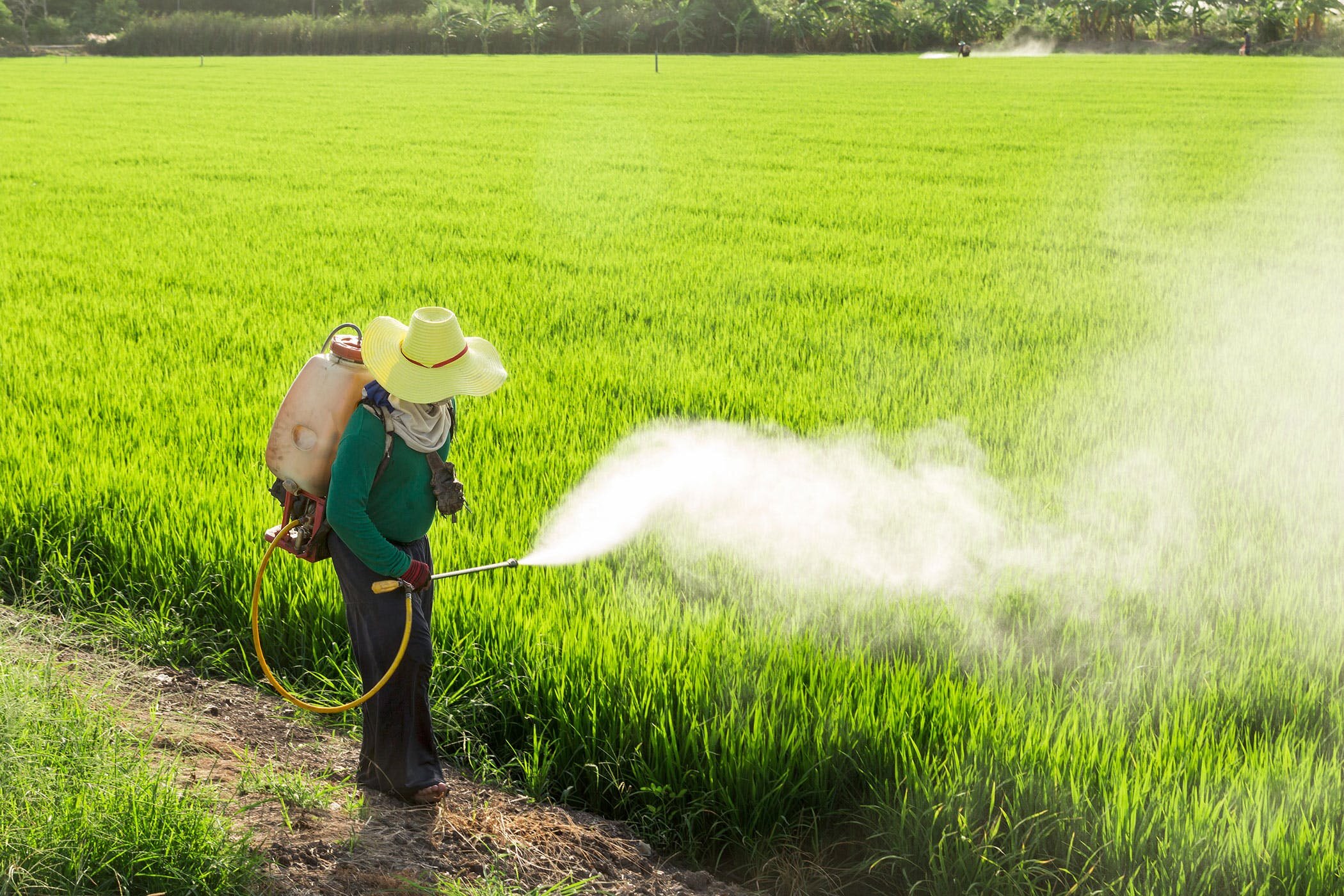A brief history on DDT's role in agriculture
If you’ve ever heard Joni Mitchell’s “Big Yellow Taxi,” you might understand how DDT was perceived at its peak use in the 1950’s and 60’s. In it she sang, “Hey farmer, farmer, put away that DDT now...Give me spots on my apples but leave the birds and the bees. Please!”
What was first developed in the 1940’s as an insecticide to control insect-borne illnesses like malaria and typhus during WWII, dichloro-diphenyl-trichloroethane became one of the world’s most controversial chemical compounds. It gained popularity after Swiss biochemist Paul Hermann Muller further developed its original 1870’s formula into the insecticide commonly used by American troops during the war. It was known as a second-generation pesticide, a synthetic carbon compound as opposed to the highly toxic ones pre-WWII like arsenic or hydrogen cyanide.
After the war subsided, farmers found DDT’s potency extremely effective in keeping agricultural pests at bay. At the time, its effectiveness in fighting malaria and protecting food made it seem too good to be true. And you know what they say...
DDT was a “wonder pesticide.” It was not water soluble, it had broad spectrum effectiveness, meaning it killed a wide range of pests, and was extremely persistent, or didn’t break down over time very quickly. It was inexpensive and boosted crop yields. DDT was the farmer’s magic fairy dust.
Turns out, all the things DDT seemed to be so great at, were also why it became so harmful for people and for the planet. It’s water insolubility meant that it could build up in the fats and oils of animals. In a process called bioaccumulation, DDT was climbing the food chain by being ingested by insects, to birds, to predators, and so on. It actually biomagnifies since it doesn’t break down easily, therefore having higher concentrations in animals higher up on the food chain. Also, insect-eating birds with higher levels of the chemical were found to lay eggs with super-thin shells, killing the next generation and tanking bird populations.
In the early 1960’s, DDT began alarming scientists when they discovered it passes through breast milk of mothers to babies, contaminating what should be the healthiest nourishment for our newest humans. Biologist and zoologist Rachel Carson warned the public in her book Silent Spring, of the effects of pesticide use on the environment and humans. She focused on DDT’s ability to kill non-target organisms and how its persistence meant it can travel far and last in the environment long after it has done its intended job on treated crops. Her publication is known to have sparked the beginnings of what we know as the environmental movement.
Even after Carson published her warning in Silent Spring, and Joni Mitchell expressed a fair opinion in “Big Yellow Taxi,” chemical companies campaigned to the public, the EPA, and USDA the safety of “small amounts” of DDT found in humans or animals. DDT was found to cause tremors, vomiting, and premature birth or growth delay in babies, but chemical companies stil perpetuated disinformation about its effects in mainstream media. It wasn’t until 1972 that the US banned its use, finally ending its reign of havoc on small and large animal populations.
However, due to its persistence, DDT still lingers in countries that no longer use it, and it is still used in some places in India and sub-Saharan Africa. Even if its use has been restricted to emergency insect-borne illness outbreaks here in the States, it's still common in some places for agriculture and mosquito control. And now that we are well aware that it can travel thousands of miles in water or living organisms, we recognize it as a “forever” chemical.
Watching how DDT had such a powerful stronghold on local and global biological populations is a firm reminder that we must consider all consequences in manipulating our environment. Even if it means increasing crop yields in the short-term, DDT was massively detrimental by creating an imbalance in the ecosystem that we all know is so fragile to begin with. At F2P, we value monitoring history to inform our decision in the present and future. That is why we fully support organic, particularly regenerative agriculture practices that feed a balanced ecosystem. A balanced and *respected* ecosystem is one that can provide infinite vitality. Support your local, regenerative agriculture farmers!



